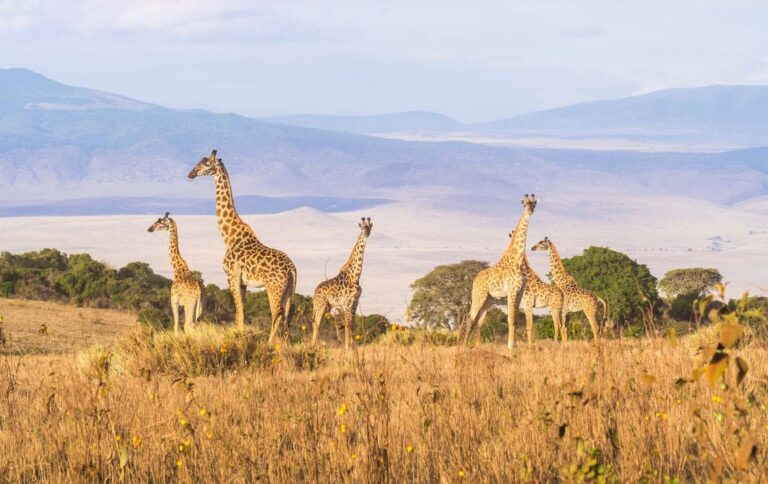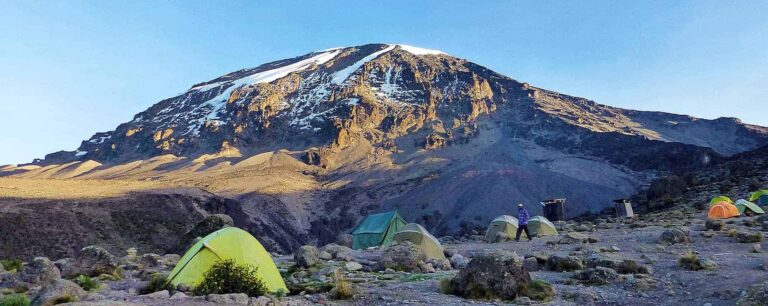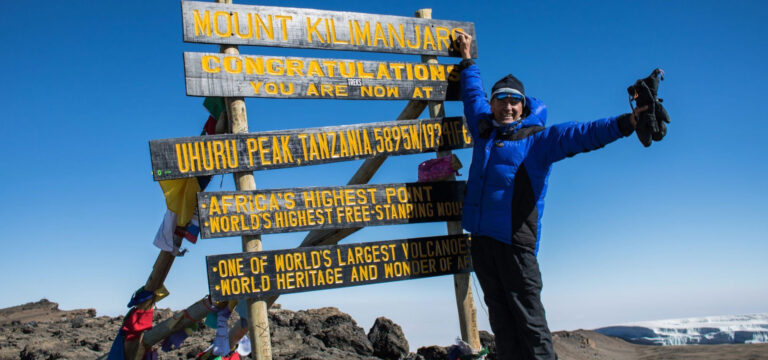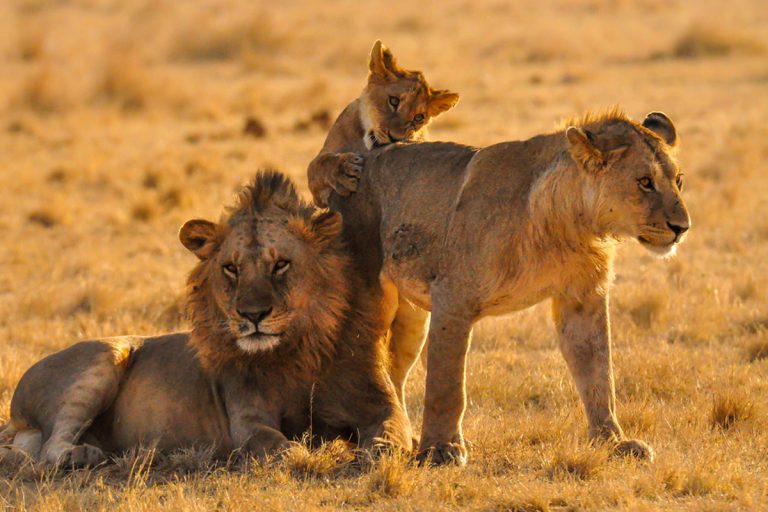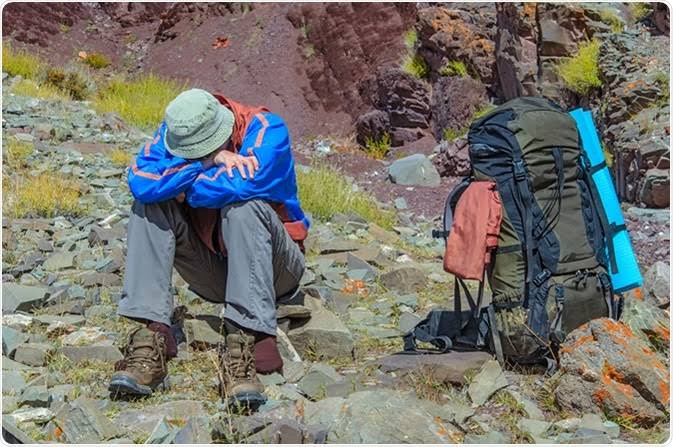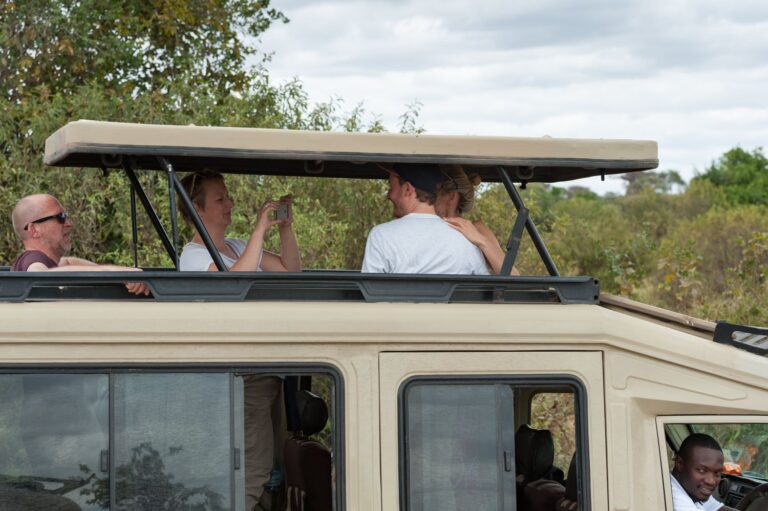Udzungwa National Park is situated in the southern part of Tanzania, East Africa, encompassing an area of approximately 1,990 square kilometers (770 square miles). It lies within the Eastern Arc Mountains, known for their biodiversity and unique geological formations. The park is part of the larger Udzungwa Mountains, which are often referred to as the “African Galapagos” due to their ancient and isolated nature, fostering the evolution of distinct flora and fauna.
The weather in Udzungwa National Park varies with altitude. At lower elevations, temperatures are generally warmer and more humid, while higher altitudes experience cooler conditions. Rainfall is prevalent throughout the year, with peaks during the long and short rainy seasons, typically from March to May and November to December respectively. The park’s lush vegetation owes much to this consistent rainfall, creating a diverse mosaic of habitats ranging from lowland tropical forests to montane rainforests.
The park is renowned for its rich biodiversity, particularly its population of primates. It is home to several endemic species, including the Udzungwa red colobus monkey and the Sanje mangabey, both found nowhere else on Earth. Other notable residents include leopards, elephants, African buffaloes, and numerous species of birds and reptiles. The varied terrain supports a wide range of habitats, from dense forests to rolling hills and cascading waterfalls, providing ample opportunities for wildlife enthusiasts and photographers.
The best time to visit Udzungwa National Park is during the dry season, from June to October, and from late December to early February. During these periods, the weather is typically more predictable, with clearer skies and less rainfall, making it easier to navigate the park’s trails and enjoy outdoor activities. Moreover, wildlife viewing is enhanced as animals gather around water sources, and the lush vegetation remains vibrant from the previous rains. Travelers are advised to check local conditions and park regulations before planning their visit to ensure a memorable and safe experience in this biodiverse gem of Tanzania.

